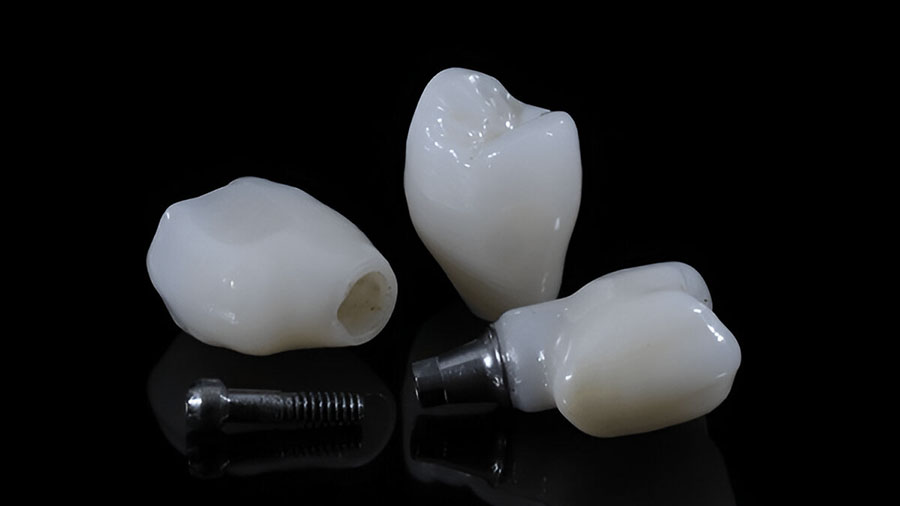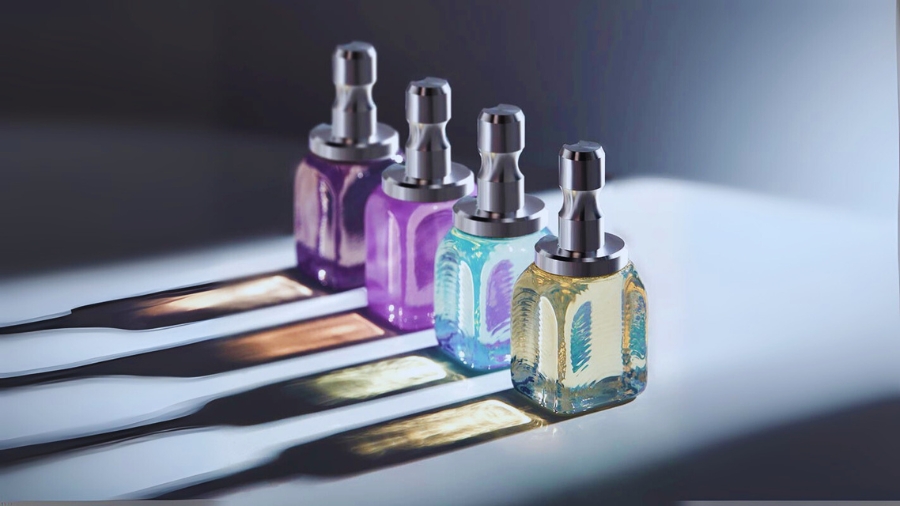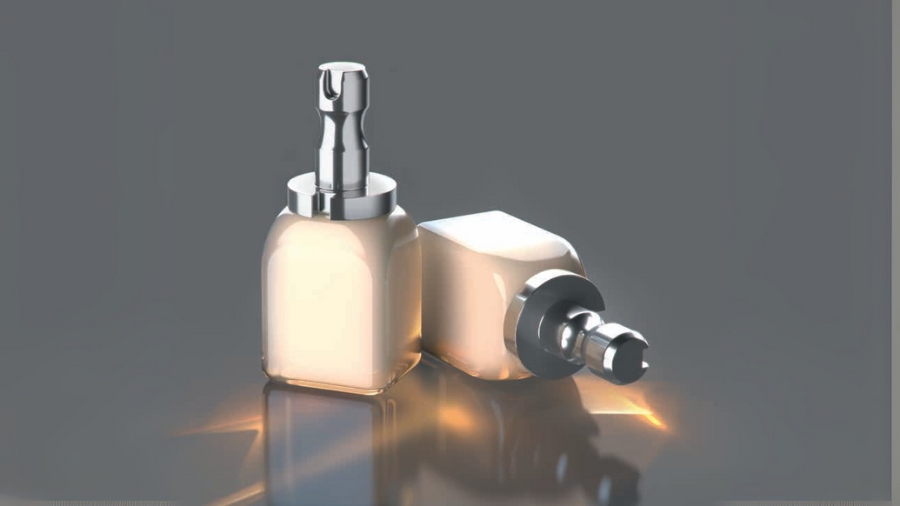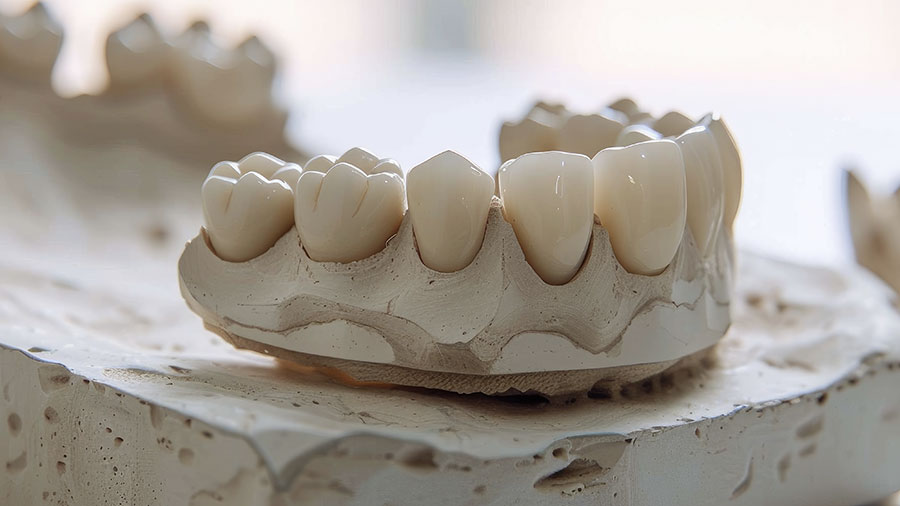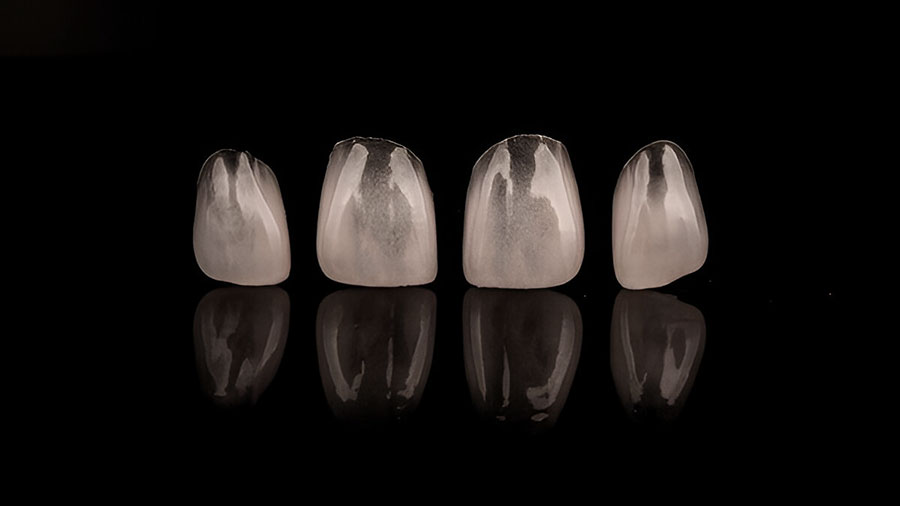Lithium disilicate (Li₂Si₂O₅) has emerged as a transformative material in restorative dentistry, offering an exceptional blend of strength, aesthetics, and versatility. The IPS e.max system, developed by Ivoclar Vivadent, is widely recognized as the gold standard for all-ceramic restorations. For dental practices seeking predictable, high-quality results, lithium disilicate frameworks deliver reliable solutions for both anterior and posterior applications.
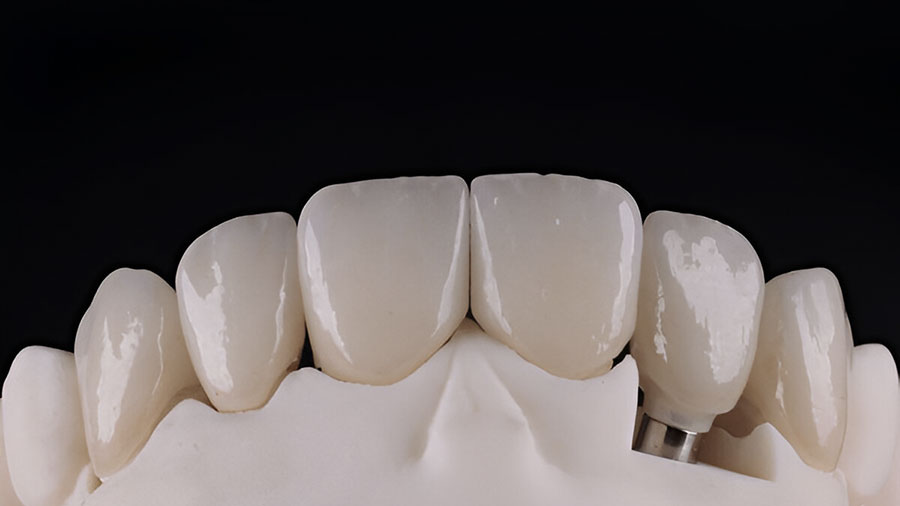
Table of contents [Show]
- Chemical Composition and Crystal Structure
- IPS e.max System Components
- Mechanical & Optical Properties
- Framework Design Principles
- Processing Techniques
- Clinical Applications
- Clinical Performance Data
- Comparative Advantages
- Contraindications and Limitations
- Recent Innovations
- Best Practices & Recommendations
- Future Directions
- Conclusion
Chemical Composition and Crystal Structure
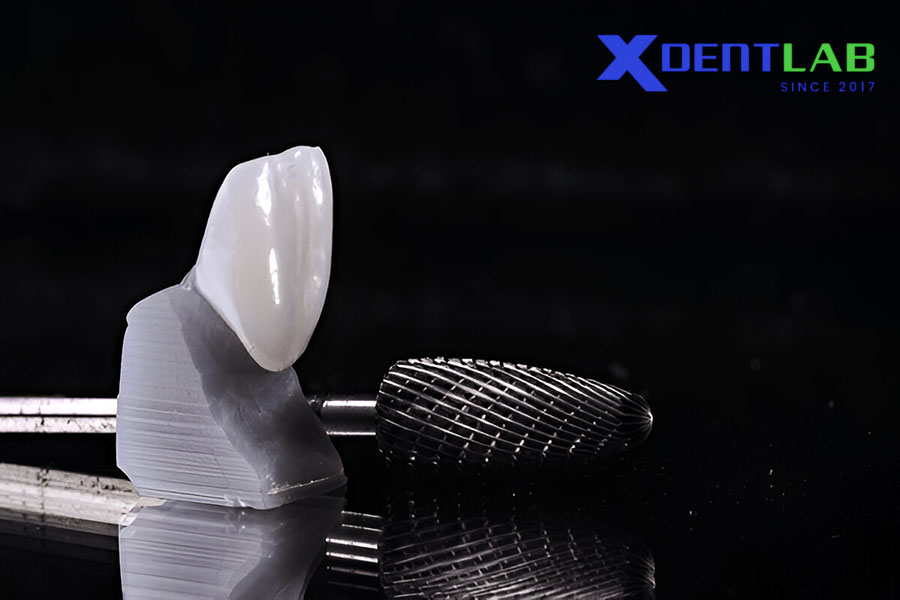
Basic Composition
Lithium disilicate glass-ceramics are composed primarily of:
SiO₂ (57-80%): Forms the glass matrix.
Li₂O (11-19%): Acts as a nucleating agent and flux.
K₂O, P₂O₅, ZrO₂, ZnO, Al₂O₃: Modify viscosity, strengthen, and stabilize the glass.
Coloring oxides: Enable precise shade matching.
Crystalline Microstructure
70% crystalline volume: Interlocking, needle-like lithium disilicate crystals (3-6 μm long).
30% residual glass matrix: Provides translucency and toughness.
Secondary phases: Such as lithium orthophosphate, further enhance properties.
IPS e.max System Components
e.max Press
Heat-pressed with five translucency levels (HT, MT, LT, MO, HO).
Flexural strength: 400 MPa.
Processing: 915-920°C, 15-25 minutes.
e.max CAD
CAD/CAM blocks: Pre-crystallized (blue/purple), easy to mill.
Crystallization: 840-850°C, 20-25 minutes.
Properties: Comparable to pressed version.
e.max Ceram
Veneering ceramic: Designed for optimal layering and shade customization.
Matched CTE: Ensures compatibility and longevity.
Mechanical & Optical Properties
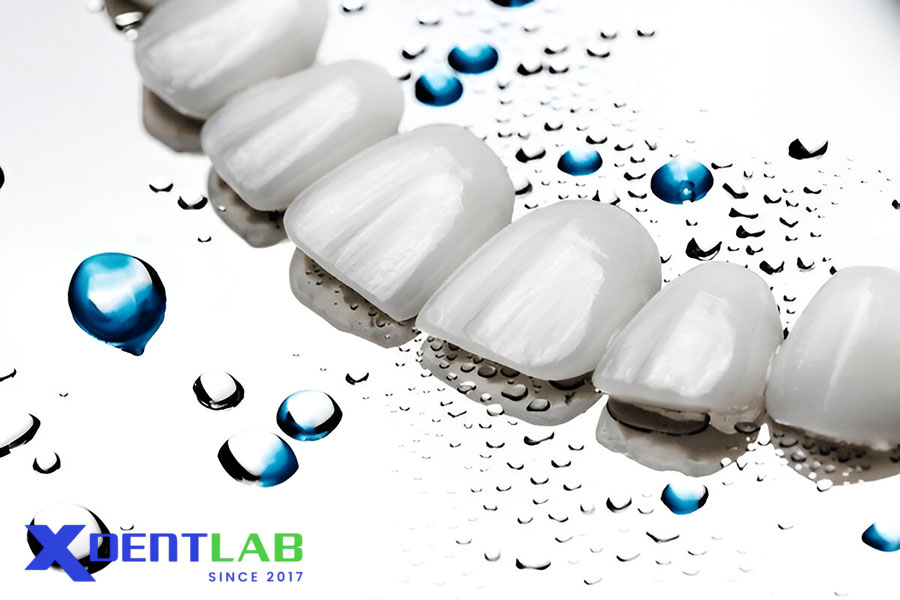
Strength & Durability
Flexural strength: 360-400 MPa.
Compressive strength: 2,000 MPa.
Fracture toughness: 2.8-3.5 MPa·m^0.5.
Wear resistance: Comparable to natural enamel.
Aesthetics & Translucency
Translucency options: HT, MT, LT, MO, HO for natural shade matching.
Refractive index: 1.55 (close to enamel).
Opalescence and fluorescence: Mimic natural tooth appearance.
Color stability: Excellent long-term performance.
Framework Design Principles
Minimum thickness: 0.8 mm (anterior), 1.0-1.5 mm (posterior).
Connectors: 16 mm² (anterior), 20 mm² (posterior).
Design: Uniform thickness, rounded internal angles, smooth transitions.
Processing Techniques
Press Technology Workflow
Wax pattern creation: Conventional, CAD/CAM, or 3D printed.
Investment & burnout: Phosphate-bonded investment, 850°C burnout.
Pressing: Ingot at 915-920°C, 15-25 minutes.
Finishing: Divesting, fit adjustment, staining, and glazing.
CAD/CAM Workflow
Digital impression: Intraoral or model scanning.
Design: Thickness verification, margin refinement.
Milling: Wet preferred, 10-20 minutes.
Crystallization: 840-850°C, 20-25 minutes.
Finishing: Staining, glazing, polishing.
Bonding Protocols
Surface treatment: 5% hydrofluoric acid etching for 20 seconds, ultrasonic cleaning, silanization.
Cementation: Adhesive dual-cure resin cements preferred for optimal strength and longevity.
Clinical Applications
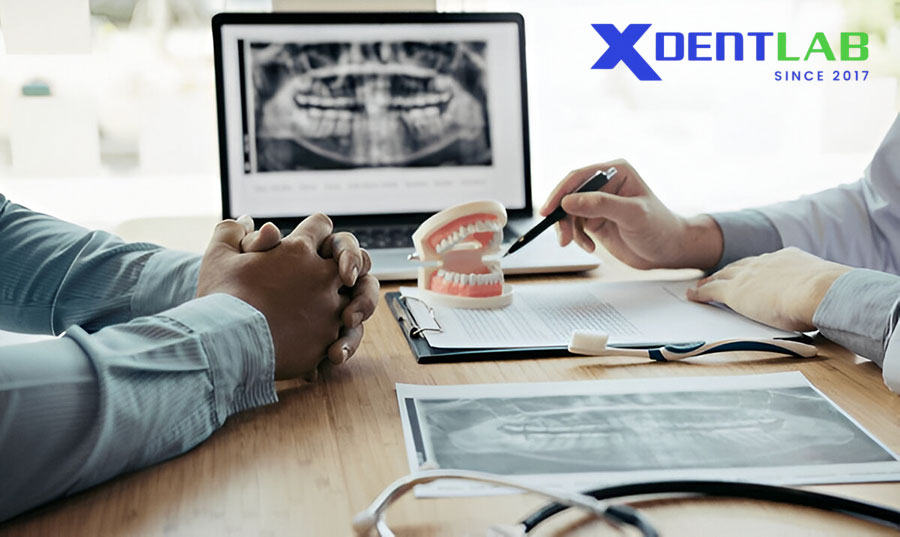
Crowns
Superior aesthetics for anterior and posterior crowns, including minimal prep options.
Bridges
Ideal for short-span bridges (up to 3 units), especially in the anterior region.
Veneers
Minimal preparation (0.3-0.5 mm), excellent for the aesthetic zone.
Inlays/Onlays
Conservative restorations with mandatory adhesive cementation.
Clinical Performance Data
Single crowns: 95.5% survival at 5 years, 94.8% at 10 years.
Bridges: 89.5% at 5 years, 78.1% at 10 years.
Veneers: 94.4% at 5 years.
Implant crowns: 97.8% at 5 years.
Failure Modes
Bulk fracture (2-3%), chipping (veneered), debonding (protocol errors), secondary caries (1-2% annually).
Comparative Advantages
Superior aesthetics, biocompatibility, conservative prep, no metal allergies.
Over Zirconia
Higher translucency, easier bonding, less wear on opposing teeth.
Over Composites
Greater strength, better wear and color stability, longer service life.
Contraindications and Limitations
Not recommended for long-span bridges, deep subgingival margins, severe bruxism without protection, or insufficient thickness (<0.8 mm).
Technique-sensitive; proper bonding is critical.
Recent Innovations
Material advancements: Gradient translucency, fast crystallization, enhanced strength.
Digital integration: Optimized for CAD/CAM, speed sintering, digital shade matching.
Clinical expansion: Ultra-thin restorations, extended bridges, orthodontic and surgical applications.
Best Practices & Recommendations
Ideal cases: High aesthetic demand, conservative prep, single units, short-span bridges, implant crowns.
Preparation: Chamfer margins (0.8-1.0 mm), occlusal reduction (1.5-2.0 mm), rounded angles.
Lab communication: Detailed shade, translucency, and texture requirements.
Future Directions
Research: Nanostructured, bioactive, and self-healing ceramics, antimicrobial surfaces, 3D printing.
Clinical: Ultra-thin and extended indications, digital workflows.
Conclusion
Lithium disilicate (IPS e.max) has revolutionized dental ceramic frameworks, balancing strength, aesthetics, and versatility. With over 95% clinical success at 5 years and advanced digital processing, it remains the material of choice for all-ceramic restorations. For dental practices seeking reliable, aesthetic, and durable solutions, partnering with a trusted dental lab like XDENT LAB ensures the highest standards of quality and consistency in every restoration.
XDENT LAB: Your global partner in dental lab-to-lab services, delivering FDA and ISO-approved lithium disilicate restorations to the U.S. and beyond.
XDENT LAB is an expert in Lab-to-Lab Full Service from Vietnam, with the signature services of Removable & Implant, meeting U.S. market standards – approved by FDA & ISO. Founded in 2017, XDENT LAB has grown from local root to global reach, scaling with 2 factories and over 100 employees.. Our state-of-the-art technology, certified technicians, and commitment to compliance make us the trusted choice for dental practices looking to ensure quality and consistency in their products.
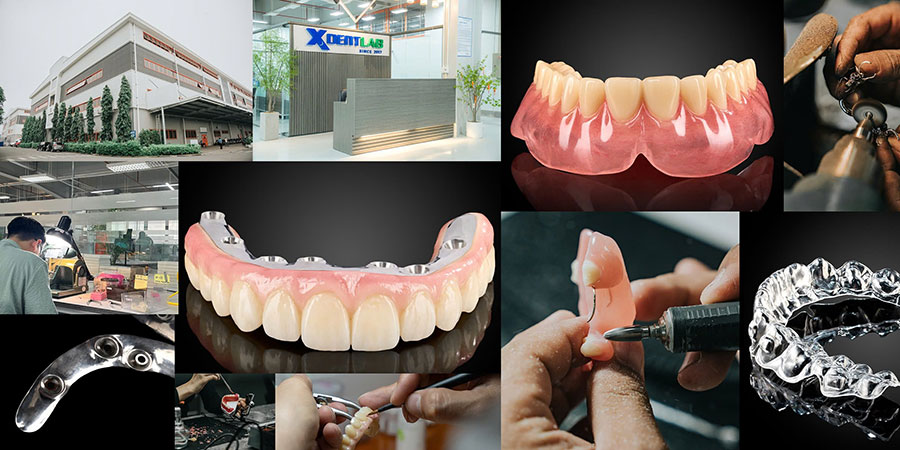
Our commitments are:
100% FDA-Approved Materials.
Large-Scale Manufacturing, high volume, remake rate < 1%.
2~3 days in lab (*digital file).
Your cost savings 30%.
Uninterrupted Manufacturing 365 days a year.
Contact us today to establish a strategy to reduce operating costs.
--------❃--------
Vietnam Dental Laboratory - XDENT LAB
🏢 Factory 1: 95/6 Tran Van Kieu Street, Binh Phu Ward, Ho Chi Minh City, Vietnam
🏢 Factory 2: Kizuna 3 Industrial Park, Can Giuoc Commune, Tay Ninh Province, Vietnam
☎ Hotline: 0919 796 718 📰 Get detailed pricing





